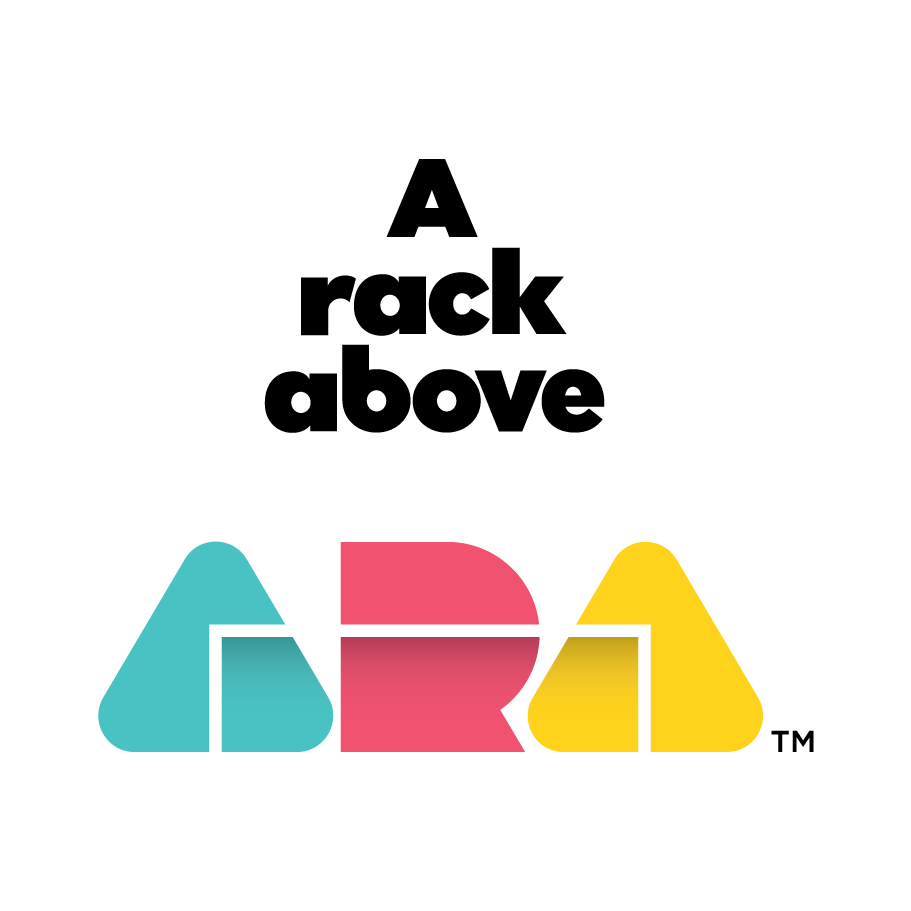Ceiling storage racks have become popular solutions for maximizing space in homes and warehouses. However, when it comes to truss systems, placing vertical loads on them using traditional garage ceiling storage racks can lead to various issues. Trusses are designed to withstand specific loads, and adding additional weight through storage racks can compromise their structural integrity.
Trusses are engineered to carry specific loads and distribute them evenly across the home. Traditional overhead garage storage racks, exert vertical loads on trusses, & subject them to forces they were not designed to handle. Trusses are typically constructed with lightweight timber like 2 X 4's or metal, and exceeding their load-bearing capacity can result in bending, deformation, or even failure.
Vertical loads placed on trusses can cause excessive stress leading to premature aging, cracking, or structural damage. Over time, the added weight can weaken the trusses, reducing their ability to support the roof effectively.
Also, the added weight from garage ceiling storage can increase the strain on the walls supporting the trusses. This strain can lead to cracks, weakening the entire structure and potentially compromising the stability of the building. The compromised stability could not only endangers occupants but also necessitates costly repairs to restore the structural integrity of the property.
Installation of traditional overhead garage storage racks on trusses can reduce the available space for storage and restrict the movement of occupants or equipment below. The utilization of alternative storage solutions that do not rely on the truss system, such as freestanding shelves or ground-based racks, can provide more efficient use of space and ensure better weight distribution throughout the building.




